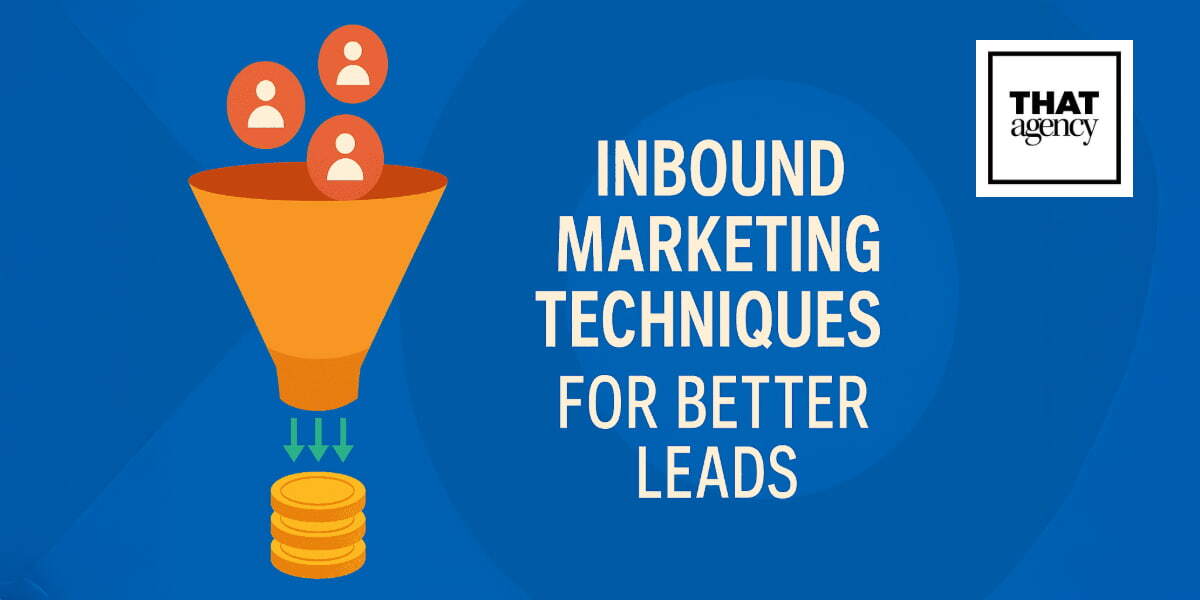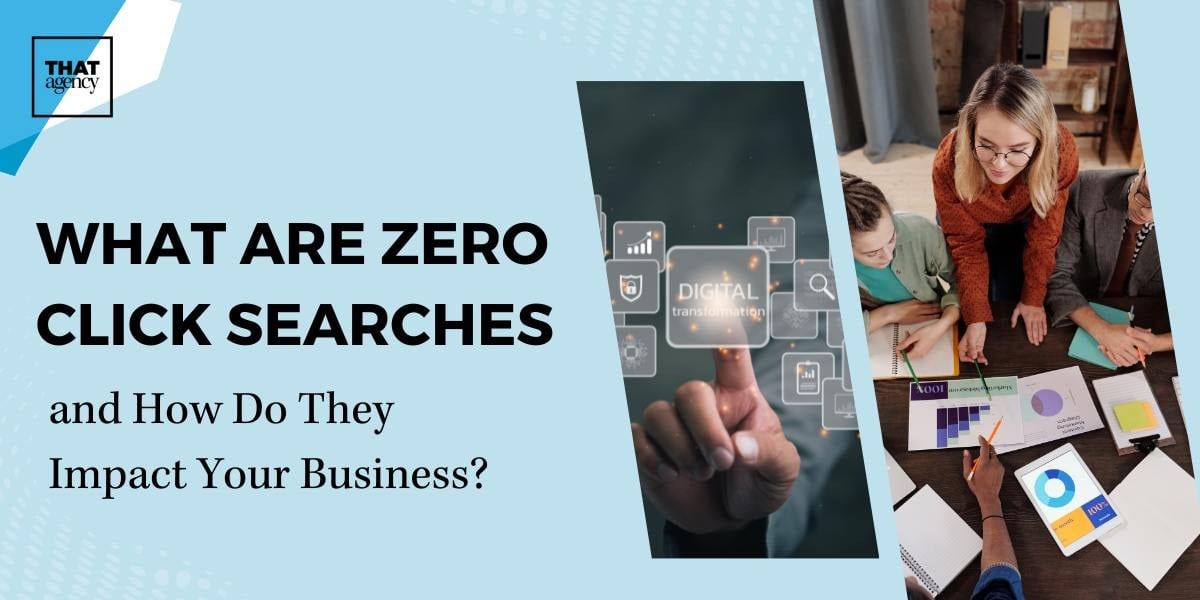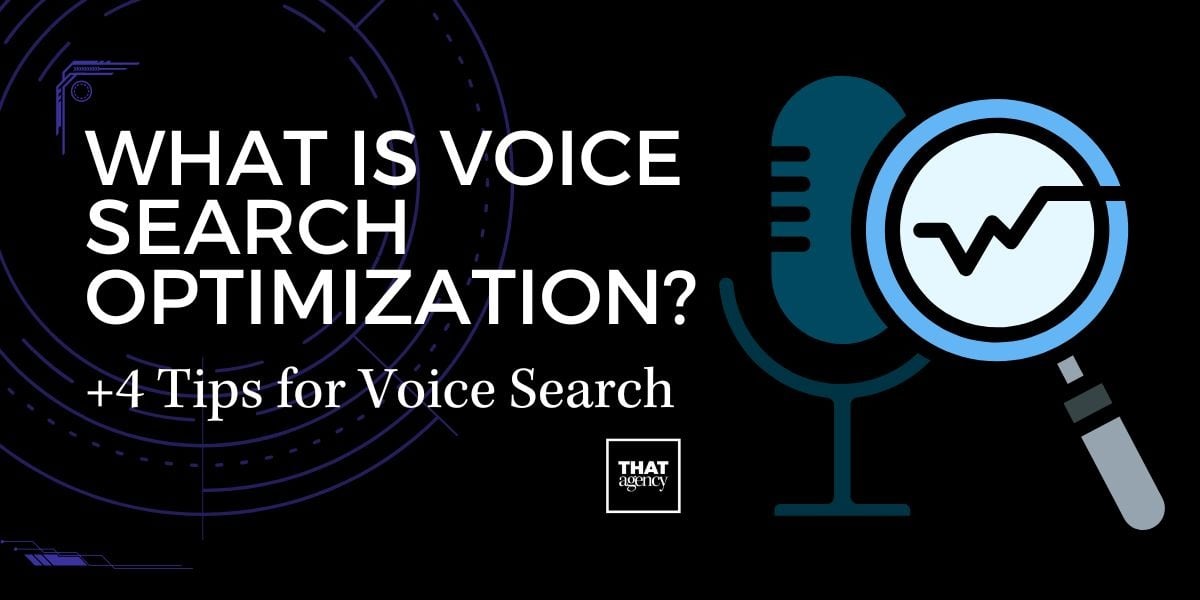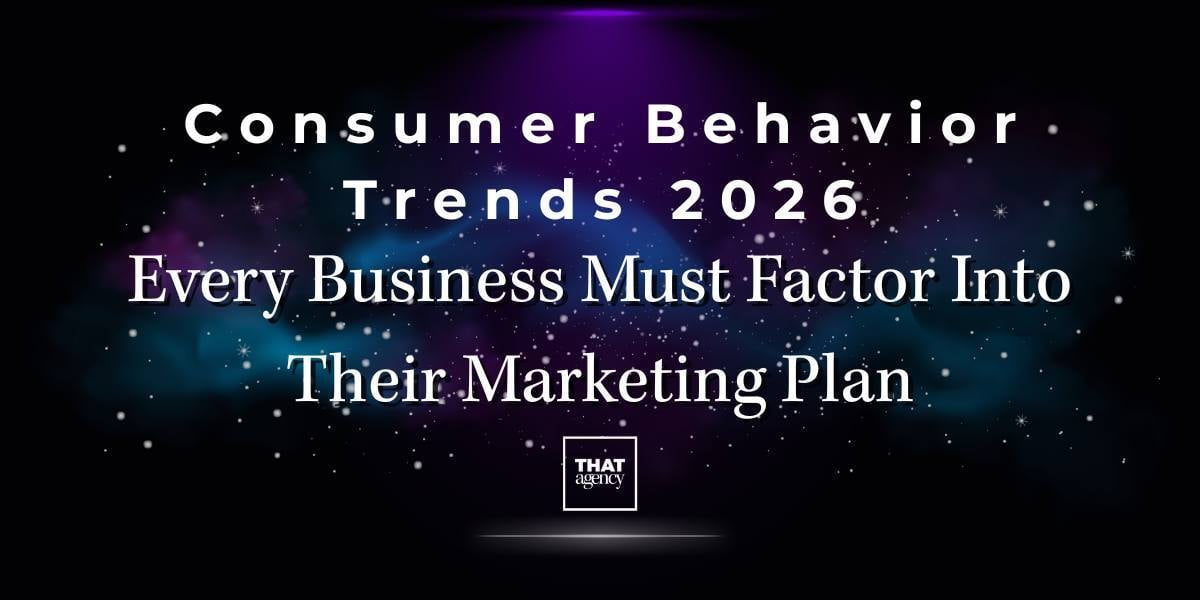Marketing isn't what it used to be. Companies used to rely on loud ads, cold calls, and flashy sales pitches to get attention. But those tactics don't work as well anymore. Today, the most successful businesses are using inbound marketing techniques to attract the right people in a way that feels helpful, trustworthy, and genuine.

So, what does work?
Today, it's all about attracting the right people in a way that feels helpful, trustworthy, and genuine. That's where inbound marketing techniques come in.
What Is Inbound Marketing?
Inbound marketing is a strategy that focuses on bringing people to you by offering something valuable first, like helpful blog posts, free guides, how-to videos, or tools that solve a problem. Instead of interrupting someone's day with a cold email or an ad, inbound gives them something they're already looking for. It's about being useful, not pushy.
Why Does Inbound Marketing Matter?
If you're trying to grow your business, get more leads, and fill your sales funnel, inbound marketing helps you do that, but with a twist. Instead of chasing leads that may or may not care about your service, you attract people who are already interested. These are called qualified leads, and they're much more likely to convert into paying customers.
Think of it like fishing with the right bait instead of throwing a net and hoping for the best. When you use inbound marketing techniques, you're reaching people who are already searching for answers, and positioning yourself as the one with the solution.
Common Questions You Might Have:
Is inbound marketing only for big companies? Not at all. Inbound works for small businesses, startups, and solo entrepreneurs, too. Whether you're a local service provider or an online store, inbound marketing techniques can help you attract and connect with your ideal customers.
Do I need a big budget for inbound marketing? Nope. That's one of the best things about inbound. You can start with small steps, like writing blog posts, improving your website content, or offering a helpful freebie. Over time, you build a system that brings in leads without needing to spend a ton on ads.
How long does it take to see results? Inbound marketing isn't a "quick fix," but it pays off in the long run. You may start to see some results in a few weeks, but real traction often builds over months. The content you create today can keep bringing in leads for years.
Let's Get Into It
In this blog, we'll walk through the most effective inbound marketing techniques you can start using right now. We'll cover how to attract better leads, build trust with your audience, and turn curious visitors into paying customers, all in a way that feels natural and authentic.
If your goal is to grow your sales funnel with people who actually want what you offer, inbound marketing is the smart way forward. Let's explore how it works and how you can make it work for your business.
What Is Inbound Marketing, Anyway?
Inbound marketing is a modern approach to getting people interested in your business, without chasing them down. Instead of sending out cold emails, interrupting their day with pop-up ads, or calling out of the blue, you create content and experiences that pull people in naturally. The goal? Build trust and help people solve real problems. That way, when they're ready to buy, they already know (and trust) you.
So, how does it work?
Inbound marketing is all about giving value first. It's like being the helpful friend who always has the best advice, not the one constantly asking for favors. When you show up with useful tips, answers, and tools, people start to see you as someone they can count on. Over time, that trust turns into action, like joining your email list, booking a call, or making a purchase.
What are some examples of inbound marketing techniques?
Here are a few inbound marketing techniques businesses use every day:
-
Blogging: Writing helpful articles about topics your audience cares about. For example, if you're a fitness coach, blog posts like "Easy Meal Prep Ideas for Busy People" or "How to Start a Workout Routine That Sticks" can attract readers looking for guidance.
-
Search Engine Optimization (SEO): Making sure your website ranks on Google so people can find you when they search for something related to your business.
-
Social media content: Sharing tips, behind-the-scenes posts, or educational videos on platforms like Instagram, LinkedIn, or Facebook to build a following and keep your audience engaged.
-
Free downloads: Offering valuable resources like checklists, templates, eBooks, or guides in exchange for a visitor's email address.
-
Email marketing: Sending helpful content straight to someone's inbox to build a relationship and gently guide them toward working with you.
-
Webinars or video training: Hosting live or recorded sessions where you share your expertise, answer questions, and provide real solutions.
These inbound tools meet people where they are, on search engines, social media, or their inbox. And because you're helping instead of selling, it creates a stronger, more authentic connection.
Is inbound marketing better than traditional marketing?
In many cases, yes. Traditional marketing often tries to get attention by interrupting people, like ads during a YouTube video or flyers in your mailbox. Inbound marketing, on the other hand, earns attention by being helpful. People are more likely to trust and buy from businesses that educate them first instead of just selling to them.
Why Inbound Leads Are Better for Your Business
Let's be honest, getting any lead is exciting, but not every lead is a good one. If you've ever spent time talking to someone who isn't interested in your services or doesn't have the right budget, you know how frustrating that can be. That's where inbound marketing techniques shine; they help bring in the right people, not just more people.
To better understand how inbound leads compare to traditional marketing approaches, it's helpful to explore the key differences between inbound and outbound lead generation methods.
What makes inbound leads different?
Inbound leads are people who find you, not the other way around. Maybe they searched Google for a problem you solved, read one of your blog posts, or downloaded your free guide. Whatever the path, they've shown interest before you ever reached out. That makes them way more likely to be a good match for your business.
Here's why that matters:
They're more likely to become customers. People who discover your content while looking for answers are already motivated. They have a need, and your content made a good impression. That puts you on their radar in a natural, trusted way.
You don't have to "hard sell." Because inbound leads are already engaged, your job isn't to convince them why they need your service, it's to show them why you're the right fit. That makes conversations smoother and conversions easier.
You save time and money. Chasing cold leads, running expensive ads, or dealing with unqualified inquiries can drain your marketing budget. Inbound marketing helps you connect with people who are already warmed up and more likely to move forward, which lowers your cost per lead over time.
You build better relationships. Inbound marketing is based on trust and value. So, when leads finally reach out, they already see you as a helpful expert, not just another company trying to make a sale. That kind of trust leads to longer customer relationships and more referrals.
It's not just about filling your pipeline with names, it's about attracting the people who are most likely to say "yes." With the right inbound marketing techniques, you're not just getting leads. You're getting leads who are informed, interested, and ready to take the next step.
Lead Generation Strategies That Work with Inbound Marketing
Now that we've covered what inbound marketing is and why it works, let's talk about the next step: turning interested visitors into actual leads.
This is where lead generation strategies come in. These are tools and methods that help you collect contact info, like names, emails, or phone numbers, from people who visit your website or engage with your content. Once you have that information, you can guide them through your sales funnel in a thoughtful, helpful way.
Here are five simple but powerful lead generation strategies that work really well with inbound marketing.
Interactive content has become one of the most effective ways to capture attention and generate qualified leads, offering engagement rates that traditional static content simply can't match.
1. Create Helpful Downloads (Lead Magnets)
People are more willing to share their email when they get something valuable in return. That's where lead magnets come in, free resources your audience actually wants.
Some great ideas include:
- Checklists – Simple, step-by-step lists that help solve a problem
- Templates – Ready-to-use tools that save time (like a social media calendar)
- Guides or eBooks – In-depth information on a specific topic
To access the download, visitors enter their email address. That's your new lead.
Example: If you run a marketing agency, you might offer a free "Social Media Post Calendar Template" that helps business owners plan content for a whole month. It's useful, relevant, and easy to say yes to.
Why it works: You're offering real value upfront, no strings attached. That builds trust and gives you a way to stay in touch through email marketing.
2. Write Blog Posts That Answer Real Questions
Your blog is one of your best lead generation tools, if you use it the right way. Instead of writing just to fill space, create blog posts that answer the questions your ideal customer is already asking.
Here's how:
- Use tools like Google autocomplete, AnswerThePublic, or even ChatGPT to find common questions in your niche.
- Write blog posts that clearly and simply answer those questions.
- Include links to your services, a free resource, or a call to action (CTA) at the end of the post.
Example: Let's say you run an HR software company. A blog titled "How to Create a Simple Onboarding Process for New Employees" could rank on Google and attract HR managers who need help, people who are also great potential customers.
Why it works: You build credibility and earn attention at the exact moment someone is searching for help. That kind of timing can lead to high-quality, organic leads.
When you combine these blog strategies with proven SEO lead generation techniques, you create a powerful system that brings in qualified prospects who are actively searching for your solutions.
3. Send Email Series That Nurture Leads
Once you've collected a lead's email, don't let it sit there. A strong email nurture sequence helps you keep the conversation going.
Set up a simple automated email series that:
- Shares more valuable tips and content
- Introduces your brand story or team
- Shows how your product or service solves a problem
- Encourages small steps (like watching a demo or scheduling a call)
Why it works: Email is personal. It lands directly in someone's inbox and lets you build a relationship over time. Done right, your emails feel like helpful advice, not just sales pitches.
4. Use Quizzes and Interactive Tools
People love quizzes, especially when they're fun, fast, and give instant results.
Here are some ideas:
- "Which Service Is Right for You?"
- "What's Your Business Marketing Score?"
- "Are You Ready to Launch a Podcast?"
These interactive tools do two things at once: they collect contact information and help your audience figure out what they need. That makes your follow-up even more personalized.
Why it works: Quizzes are engaging and feel less like marketing. Plus, people are more likely to share their results or even revisit your site, because it feels like a two-way interaction.
5. Build Landing Pages That Convert
A landing page is a focused web page built for one specific purpose, usually to promote a product, service, or free offer.
To work well, a landing page should include:
- A strong headline that speaks directly to a problem or goal
- A short description that explains what the visitor will get
- A simple form with a call to action (like "Get My Free Guide")
These pages don't need to include your full website navigation or tons of details. The goal is to keep things clear, direct, and easy to act on.
Why it works: When people land on a page that speaks directly to their needs, they're more likely to take action, whether it's downloading something, signing up, or contacting you.
Pro Tip: Use These Strategies Together
The best part about these lead generation strategies is that they work even better when combined. For example:
- A blog post can link to a free download.
- That download can trigger an email series.
- The email series can include a quiz or a landing page link.
- And it all flows together as one smooth experience.
When your inbound marketing techniques are connected like this, you create a system that runs in the background, bringing in leads even while you sleep.
How to Use These Inbound Marketing Techniques
You've learned about some great inbound marketing techniques, but how do you put them into action? Like anything in business, having a plan makes all the difference. When you know who you're targeting, what content to create, and how to measure success, your inbound strategy becomes more focused, effective, and easier to manage.
Here's a step-by-step guide to help you get started.
Step 1: Know Who You're Talking To
Before you write a blog post, send an email, or share anything online, you need to understand your ideal customer. Ask yourself:
- Who are they?
- What challenges are they facing?
- What kind of help or information are they searching for?
- Where do they spend their time online, Google, Instagram, LinkedIn, YouTube?
The more specific you get, the easier it is to create content that speaks directly to them.
Example: If your audience is small business owners trying to grow online, a guide titled "Simple SEO Tips for Beginners" is more helpful than "Advanced Google Analytics Reports." Always meet people where they are.
Step 2: Match Content to Their Stage in the Journey
Not everyone who visits your site is ready to buy right away. Some are just learning about their problem, while others are comparing solutions or are ready to take action. That's why different types of content work best at different stages of the sales funnel.
Here's a quick breakdown:
Awareness Stage The person has just discovered they have a problem or a goal. Best content: Blog posts, how-to videos, social media tips, infographics Goal: Educate and grab attention.
Consideration Stage They're actively researching solutions. Best content: Case studies, comparison guides, downloadable checklists, webinars Goal: Show them the value of what you offer.
Decision Stage They're ready to choose a provider or product. Best content: Free trials, product demos, quotes, consultation offers Goal: Make it easy for them to say "yes."
Why it matters: When your content matches what your lead is looking for in that moment, it builds trust and moves them naturally toward becoming a customer.
Step 3: Automate Where You Can
You don't need to do everything by hand. Marketing automation tools can help you stay in touch with leads without having to manually send emails or track every interaction.
Popular tools like Mailchimp, HubSpot, or ConvertKit let you:
- Send automatic emails after someone signs up or downloads something
- Score leads based on actions like email clicks or page visits
- Track engagement so you can see what's working and what's not
Why it works: Automation saves time, helps you stay organized, and ensures no lead slips through the cracks. It also lets you deliver timely messages that feel personal, even though they're sent automatically.
Step 4: Keep an Eye on What's Working
One of the best things about inbound marketing is that everything is trackable. That means you can see what's working, what's not, and make smarter decisions moving forward.
Here are a few things to check regularly:
- Website traffic – Are more people visiting your blog or landing pages?
- Email open and click rates – Are people engaging with your emails?
- Lead form conversions – How many visitors are becoming leads?
- Top-performing content – Which blog posts or downloads get the most attention?
If something's not working, don't be afraid to tweak it. Test different headlines, update old content, or try a new call to action. The more you test and improve, the better your results will get over time.
Pro Tip: Keep everything connected. When your content, emails, and landing pages all work together, your inbound system becomes stronger, and your leads become more likely to convert.
Real-Life Wins from Inbound Marketing
Still wondering if inbound marketing techniques make a difference? The truth is, businesses of all sizes, from startups to large companies, are seeing powerful results by using these strategies. And the best part? The benefits don't disappear after a campaign ends. With inbound, your content and tools continue working in the background, attracting new leads and building trust over time.
Here are a few real-world examples of how inbound marketing has delivered real results:
A Software Company Doubled Its Leads with Webinars and Blog Promotion
A growing tech company offering project management tools needed a better way to reach potential customers without relying heavily on ads. They started hosting monthly webinars on common pain points like "How to Manage Remote Teams" and promoted each session through blog posts and email invites.
The result? Within just a few months, their lead volume doubled, and many webinar attendees went on to request product demos. By combining educational content with strong calls to action, they created a steady stream of qualified leads.
A B2B Service Provider Cut Ad Spend by 40% After Ranking Organically
A B2B business that offered cloud storage services was spending thousands per month on paid ads. But after investing in search-optimized blog content targeting key industry phrases like "how to back up business data securely," they started ranking on the first page of Google.
The result? Their organic traffic increased significantly, and they were able to reduce their paid ad budget by 40%, without losing leads. The inbound leads they received from blog content converted at a higher rate than the leads from ads.
An Agency Generated 500+ Leads from One Free Tool
One digital marketing agency added a simple "Free Website Audit" tool to their homepage. It offered quick feedback on SEO, mobile-friendliness, and page speed, valuable info for their target audience. In exchange, visitors entered their email to get their results.
The result? Over 500 new leads in just three months, and many turned into paying clients. The tool wasn't just useful; it also served as a strong lead magnet and a conversation starter.
Why These Wins Matter
These success stories aren't random. They all come from using inbound marketing techniques the right way, by offering value, solving problems, and meeting people where they are in their journey.
Instead of relying on constant ad spend or cold outreach, these businesses built systems that work in the background to:
- Attract the right audience
- Earn trust through helpful content
- Turn interested visitors into qualified leads
And the best part? Once you create and launch your inbound strategy, the content keeps working for you, week after week, month after month.
Why It's Time to Focus on Inbound Marketing Techniques
If you've been spending time and money chasing leads that never convert, or worse, weren't a good fit to begin with, it might be time to try something different. Inbound marketing techniques give you a smarter, more sustainable way to grow your business. Instead of interrupting people or relying on expensive ads, you attract the right audience by being helpful, trustworthy, and consistent.
Inbound is all about:
- Bringing people to you instead of pushing your message out
- Earning trust by offering real value before asking for anything
- Guiding leads through your sales funnel at their own pace
The best part? These techniques keep working over time. A great blog post, an email series, or a free resource you create today can keep bringing in leads weeks, months, or even years from now. You're not just buying attention, you're building real connections and long-term results.
If your goal is to turn more visitors into leads and more leads into loyal customers, inbound marketing techniques and proven lead generation strategies are the way to go.
Ready to put these inbound strategies to work for your business? Click here to explore our inbound marketing services or contact us today to get started on a custom plan that fits your goals.




.jpg)